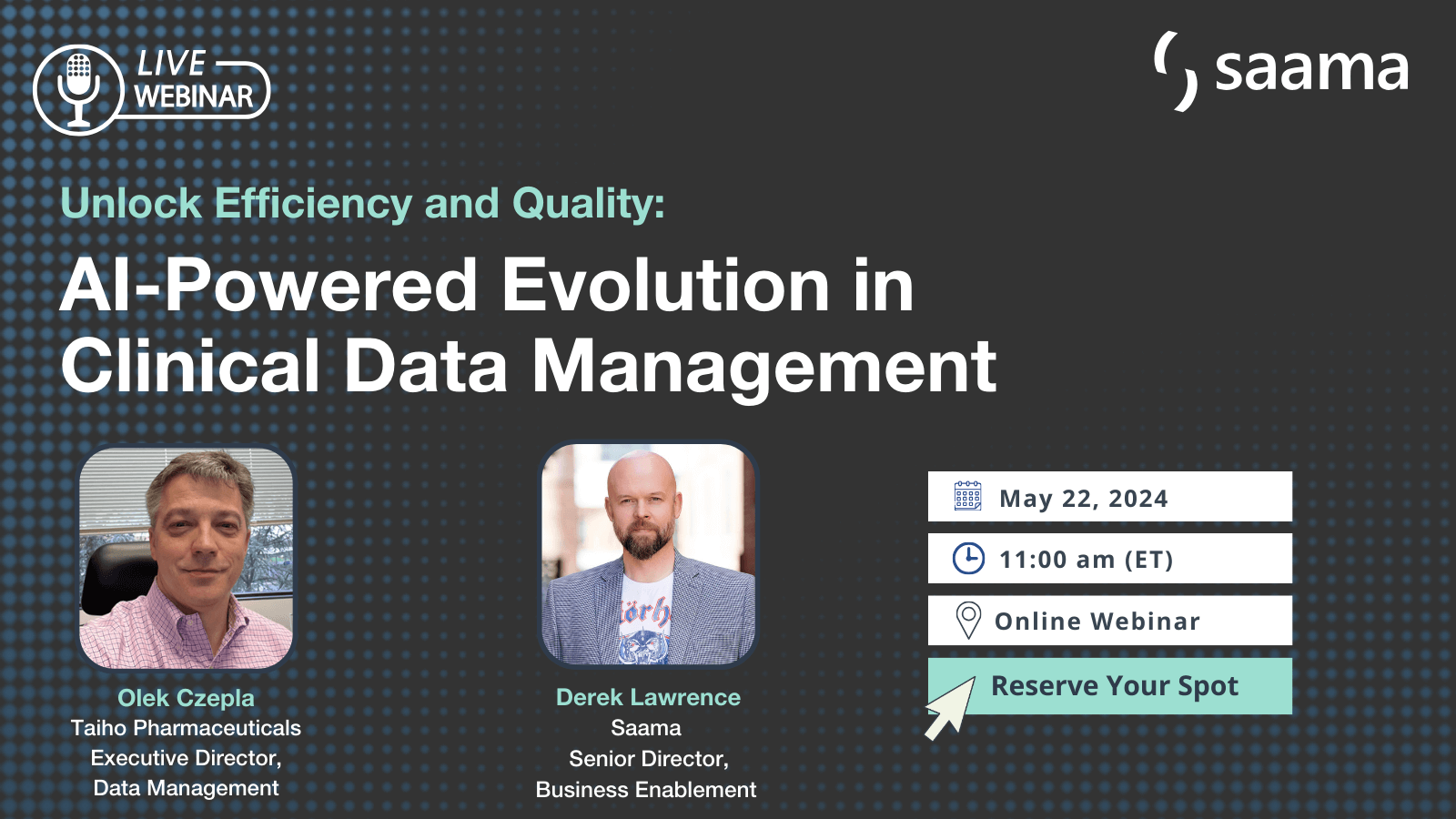We hope you’ve enjoyed our series so far, which examines and breaks down the core concepts and elements of AI. In today’s blog we’ll be examining deep learning and natural language processing.
After reading, you should have a clear understanding of what deep learning and natural language processing are, how they work, and where they can be applied in real life. If you’re looking for a refresher or introduction to AI as a whole, head over to our blog for a deep dive into AI.
What is Deep Learning?
Deep learning is a subset of machine learning, one of the core capabilities underpinning AI. Using multiple layers or combinations of raw data and multiple processing layers, deep learning allows machines to solve problems, make predictions, and suggest recommendations.
It does this by analyzing and extracting the knowledge from raw data and transforming it at every processing level. Each transformation adds to the features extracted from the data and helps inform the analysis and extraction at the next processing level, improving the machine’s understanding at every layer.
By the time the extracted dataset(s) reach the final processing layer, the neural network has enough contextual understanding to make the right decisions or accurate predictions.
You might be wondering what the difference is between deep learning and traditional machine learning. At a high level, machine learning algorithms are trained to recognize patterns in data, allowing them to extract knowledge and identify patterns humans would likely miss.
However, machine learning algorithms are generally trained with fewer datasets and have fewer processing layers compared to deep learning. Deep learning algorithms contain more processing layers and are capable of processing and analyzing more raw data, enabling them to solve more complex problems and make non-linear decisions and predictions.
What gives deep learning a key advantage is its ability to continuously learn from the data it ingests. The more data it processes, the more effective it becomes at problem-solving.
What is Natural Language Processing?
Natural language processing (NLP) is a suite of techniques to embody the machine’s ability to recognize and understand both written and spoken human language. Through NLP, humans and computers can communicate more intuitively and effectively, mimicking natural human language.
NLP includes text analysis, natural language understanding, and natural language generation. Let’s take a quick look at each of these in more detail.
Text analysis is a machine learning technique that analyzes bodies of text to extract insights from unstructured text data.
Natural language understanding is the process of transforming human language into a machine-readable format. It refers to how unstructured text data is rearranged so that machines can understand and analyze it.
—
One way of doing this is by representing words as discrete symbols made up of numbers, also known as one-hot vectors. Encoding similarity between one-hot vectors (and, by extension, creating correlation and context between words for machines) can be done through word vectors.
Word vectors map correlations between words to a corresponding vector of real numbers which machines can use for understanding similarities and differences between words and make accurate word predictions.
Natural language generation is the process of generating spoken or written language from structured and unstructured data. It allows a machine to respond to a human in an intuitive, natural way that’s easy to understand and acts as the foundation for generative AI.
Programs based on natural language processing are one of the most common ways we interact with AI and machine learning, through things like Chatbots and voice assistants like Alexa and Siri.
Conclusion
Regardless of the type of machine learning or AI capability being utilized, we firmly believe that humans should always make the final call when it comes to ML-generated decisions – especially within Life Sciences. AI and ML are resources, not replacements, for people and there should always be a human in the loop guiding all AI-driven actions.
Learn more about how AI can benefit clinical developments in our blog. Want to know more about how Saama’s suite of AI solutions fast-track and guide clinical development and trials? Book a demo call with us and we’ll show you.

